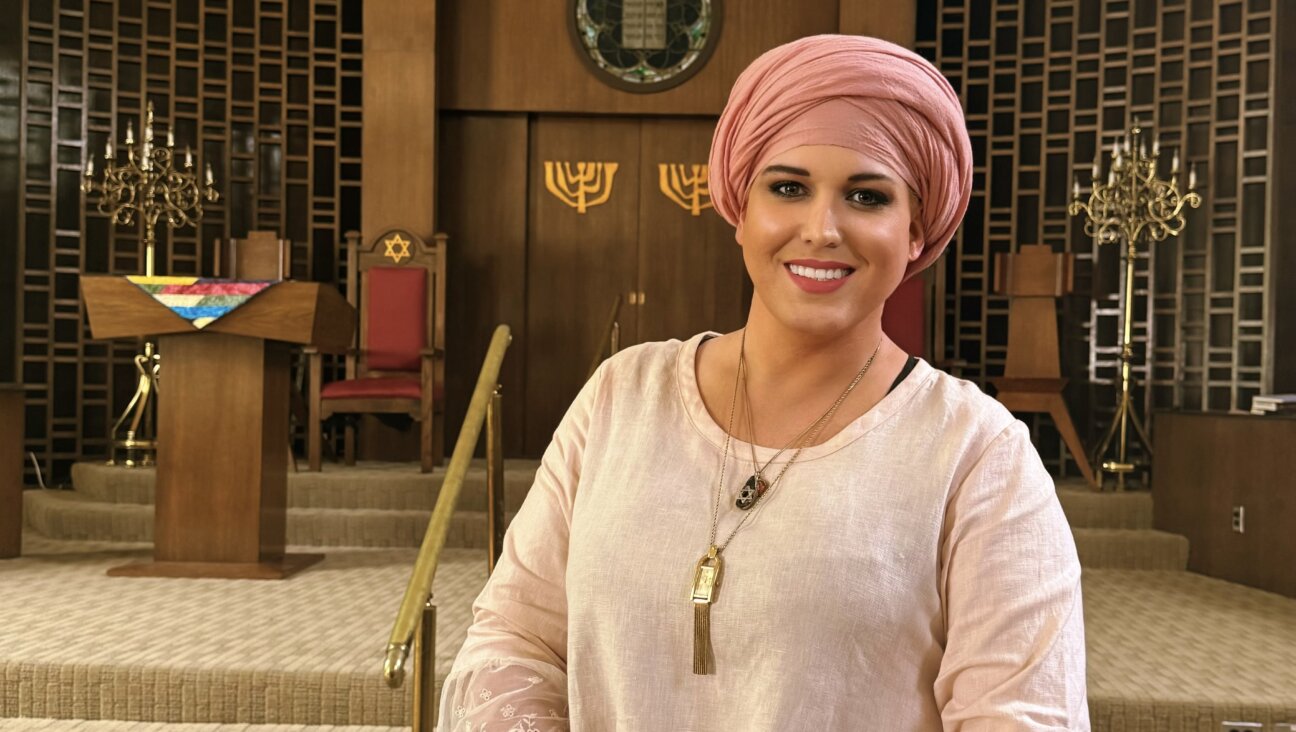Navigating fear and indifference in a pandemic

Tightrope walker Image by iStock
Josef Stalin famously said, “One death is a tragedy, 1 million deaths is a statistic.” This fittingly explains why many of us no longer feel impacted by the millions of new coronavirus cases —12 million cases is incomprehensible; it is a statistic.
Toward the beginning of the COVID-19 pandemic, I strongly felt the impact this virus had on my world. America’s death toll, surpassing that of Italy at 20,000 deaths — rendering America the global leader in coronavirus deaths — was a particularly daunting moment. As was the previously far-fetched prospect of schools and colleges shutting down due to health concerns along with statewide mask mandates and curfews. Such instances were the first indications of a frightening, new reality which was so suddenly thrust upon us. Naturally, these pivotal moments were alarming and unsettling. However, eight months later, I am no longer alarmed by the deteriorating epidemic. Have we adapted to this dreadful reality and, therefore, accepted it as a new standard?
This is where our relationship with the coronavirus becomes dangerous. When starting to perceive these millions of new cases as a statistic, we accept this statistic as a fact of life which disinclines us to treat it as a tragedy. The first 20,000 COVID-19 deaths in the U.S. was a particularly striking moment for me, and I think that is because such a large and pervasive threat is unprecedented in my lifetime. However, the recent confirmation of 1 million new cases over the course of a week did not affect me the same way. And for that matter, no death toll or case count since last spring has really taken me by surprise or evoked any emotional feelings. Rather than growing increasingly concerned by the rising case count, my degree of concern has stalled at the initial shock of the first 20,000 deaths.

Contestant: Yakir Brawer is a 15-year-old student at the Maimonides School in Brookline, MA. Image by Courtesy of Yakir Brawer
Personally, I try to retain the initial shock and fright of the pandemic because the perpetuation of fright during an ongoing pandemic prompts a healthy extent of caution and vigilance. Therefore, throughout the duration of the pandemic, I have striven for hand hygiene, distancing when in public, and I have even refrained from resuming in-person school this semester — yet all these precautions are sustained by an unintuitive, almost artificially conjured “fright” which I tell myself to subscribe to. And I cannot be alone in regarding this ‘perpetual fright’ as immensely tiresome and burdensome. Propped up on the same chair, in front of the same desk and computer, five days a week is, understandably, fatiguing, and, taking a walk wearing a stuffy mask is certainly no stroll in the park. Of course, we take these taxing precautions out of priority for health and safety, however, eight months of constant vigilance and caution is rather style-cramping, and, sometimes seemingly pointless — especially to those without any direct impact from the virus.
I think at the heart of all this is a polarity between extreme vigilance and caution, and extreme adaptability to the deteriorating pandemic. True, taking health precautions is, of course, vital in the process of mitigating the spread of the virus. But consistently sanitizing and distancing for eight months straight can also be exhausting, or plainly unbearable. Personally, I resumed in-person school very recently precisely for those reasons. But once we account for the difficulty of battling the virus, and the fact that millions of new cases no longer scare many of us, it is easy to admit defeat and accept the rapid rise in COVID-19 cases as a new reality. How much longer will Americans retain the suitable balance between paralyzing fear of the pandemic and dangerous indifference to it?
Yakir Brawer is a 15-year-old student at the Maimonides school in Boston.






















